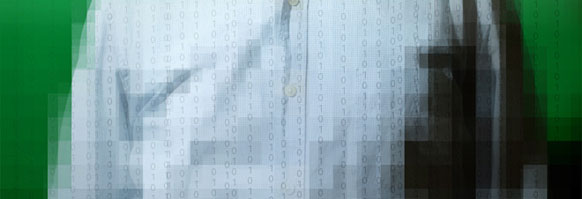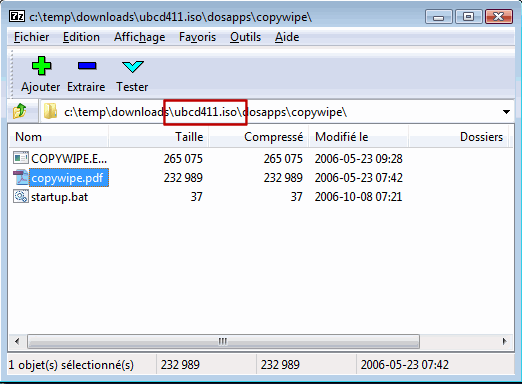Archive for the ‘computer’ Category
 How to switch a VPN connection to a private network
How to switch a VPN connection to a private network
 To change your OpenVPN, Wireguard or other VPN connection from “public network” to “private network” in Windows 10, you can use one of the following methods.
To change your OpenVPN, Wireguard or other VPN connection from “public network” to “private network” in Windows 10, you can use one of the following methods.
Note: you can use the reverse to transform a VPN connection from “private network” to “public network”, but that would be weird, so I’d love to hear your use case in a comment ![]()
 Social Engineering strikes back
Social Engineering strikes back

In a very detailed article, Mat Honan, a Wired.com journalist, explains how he’s digital life exploded in 15 minutes.
As he explains:
I realized something was wrong at about 5 p.m. on Friday. I was playing with my daughter when my iPhone suddenly powered down. I was expecting a call, so I went to plug it back in. Read the rest of this entry »
 Howto read an ISO file or mount a virtual CD drive (for free)
Howto read an ISO file or mount a virtual CD drive (for free)
Files with the .iso extension are files ready for use with most burning software in order to create a CD. However, sometimes, you don’t want the whole data inside the CD, just a file, and would like to avoid burning a CD just for that? Here are some solutions.
Open a .iso file like an archive
As the title suggests, we’ll use a sofware able to read ISO file to explore the .iso file content. I’ve currently found the following tools able to read an ISO file:
- WinRAR, a shareware free to try.
- 7-Zip, which is free and opensource.
In both cases, you simply open the ISO file and access it through the embeded explorer. You may drag/drop files from the ISO file to your hard-disk.

Read the rest of this entry »
 Howto Reduce Hard Drive Noise using AAM
Howto Reduce Hard Drive Noise using AAM

Most of modern hard drives support a function called AAM (Automatic Acoustic Management), often disabled by default. Noise reduction is obtained by reducing the head speed, thus increasing the disk access time. If you prefer silence over performance you might want to enable AAM to decrease the noise level of your hard drive and slightly increase the access time.
Note that access time is about moving the head, not transfering data. So, activating AAM may have no impact to your overall system at all. Highest performance impact reported is around -5%.Thus, for a desktop computer (or notebook), it’s wise to enable AAM. In addition, enabling AAM (and thus reducing head speed) has a good side-effect: reduce the disk power consumption, especially interesting for a laptop.
Choose the best value for AAM by tweaking around the recommended one, depending on the silent level you target. Possible values depend on the drive itself (maybe from zero to 254, or only two states: 128 or 254 for instance).
Read the rest of this entry »
 5 bootable “tools suits” to upgrade or troubleshoot a computer
5 bootable “tools suits” to upgrade or troubleshoot a computer
I came with a very basic need: copy a Hard Disk Drive to another one. Well, there were some constraints:
- The HDD is used in a Network Attached Storage (NAS) running Linux, thus data on it are in native Linux format.
- The source HDD is twice the size of the target HDD, while that actual data volume is of course smaller than the space available on the target HDD.
Trust me, doing this “simple task” turned into a 3 days (and nights) nightmare. The good side of this, is that I (re-) discovered fantastic tools everyone should be aware of. All this “Tools Suits” are a collection of useful tools, compiled over a bootable CD, or even bootable usb stick. My advice: you should select the compilation that better fit your need and make a bootable CD now. The day your computer will stop booting, you’ll thank me ![]() Read the rest of this entry »
Read the rest of this entry »
